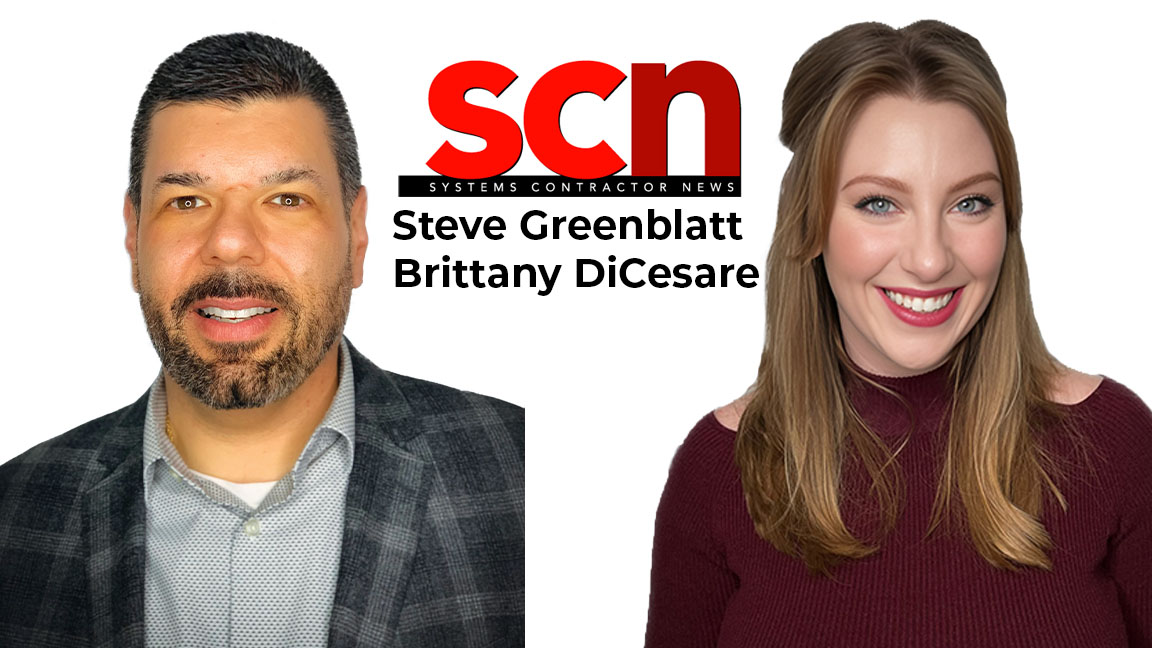AV companies, like those in any industry, consist of core roles that require team members to have specific skills and knowledge while taking on particular responsibilities related to their positions. While qualities such as aptitude, attitude, and motivation contribute to an individual's success, history has shown that those who excel in specific roles tend to share a common set of personal attributes.
There are no guaranteed formulas for success in business or elsewhere, but understanding the personality types needed for various roles within an organization can help leaders and managers hire the right individuals and effectively manage them, leading to successful careers and maximizing their contributions.
DISC-Based Assessments
Many systems exist for assessing and describing personality types, each with its own spin, flair, and focus. What is common among them is they can be used to identify the typical characteristics associated with individuals who are best suited to comfortably and successfully serve in typical business roles.
One specific method that is easy to remember is the DISC.
D (Dominance)
I (Influence)
S (Steadiness)
C (Conscientiousness)
While everyone is a blend of all four characteristics, one primary type stands out from the others. Each person can be referred to by their primary type, such as "High D." In general, D and I personality types are fast-paced, while S and C personality types are slow-paced. I and S are more people-oriented, while D and C are more task-oriented.
By recognizing personality types and their related traits that correlate with typical industry roles, leaders and managers can build functional teams, communicate effectively with team members, and better understand how to set them up for success. To do so, you must recognize the distinct differences that exist among the roles.
Engineers, programmers, finance, and accounting professionals (High C) tend to be detail-oriented, logical, precise, analytical, risk-averse, and like to work independently. They struggle with ambiguity, rushed decision-making, and guesswork. Project managers and business leaders (High D) tend to be goal-oriented, driven, and determined to succeed. They are confident, quick to act, and want commitments. They tend to avoid getting bogged down in details and can be close-minded.
Salespeople and trainers (High I) tend to be people-centric, outgoing, energetic, and persuasive—and enjoy being the center of attention. They dislike being slowed down by rules, processes, and paperwork. Technicians, customer service, technical support, HR, and administrators (High S) tend to be patient, cooperative, dependable, people-oriented, and loyal. They resist change and avoid conflict.
While each person is unique, those in typical industry roles are identifiable by a shared set of values and tendencies. As a manager and leader, it is essential to understand how to educate yourself and your team to interact and work effectively with those in similar and different roles. Working with people with similar roles tends to be easy and natural, because they possess a lot of the same characteristics and familiar behaviors; however, those in different roles can be challenging because they have some opposing traits and styles that require adaptation, adjustment, and effort to work with them effectively.
Adjustments in communication and approach are two key areas that can enhance effectiveness in managing team members, improving interaction between different roles within a team, working with those in leadership, and establishing effective relationships both within and outside an organization, whether with clients, vendors, or in networking situations.
Vary Your Approach
For example, when managing or interacting with engineers, programmers, finance, and accounting professionals, be factual and detailed in what you need from them. Provide them with clear information and examples of the results or outcomes that you need. An email may be better than a conversation or phone call. Avoid putting them on the spot, pressuring them for quick response, or forcing them to work in groups. They need time to think, process, and offer a response or deliverable they are confident is accurate and representative of their best work.
Understanding diverse personality types within an organization is essential for fostering collaboration and enhancing overall team performance.
On the other hand, it's best to manage or interact with salespeople and trainers in person or on a call rather than in writing. They are engaging and want others to interact with them. They value attention and desire recognition for who they are and what they do. They are motivational and work well in teams. If you inspire them with an idea, they will rally others to join in. They are not detail-oriented by nature, so it is best to pair them with someone who is inclined to handle paperwork and will be responsible for follow up.
While they are also people-centric, technicians, customer service, technical support, HR, and administrators are more low key and slower paced than salespeople and trainers. Their most endearing qualities are their care and compassion for others, as well as their eagerness to serve. They are loyal, sensitive, and consistent. Making them feel valued and appreciated (not taken advantage of) will go a long way— conversely, a lack of sensitivity or unexpected change will cause stress and anxiety that will limit their ability to perform and trust.
Working with project managers and business leaders requires decisiveness, directness, and clarity. They only want the details that matter and don't want to waste time. They are confident, impatient, and results-oriented by nature. While they get the job done, their "ready, fire, aim" approach can lead to negative consequences. Supporting these results-driven individuals by being trusted to deliver for them will go a long way in gaining their favor. Additionally, matching them with someone who understands their tendencies and can handle the details and delicate aspects of social interactions and relationships will be favorable.
Understanding diverse personality types within an organization is essential for fostering collaboration and enhancing overall team performance. By leveraging the strengths of those who serve in the various roles in an organization, leaders can create a balanced and effective working environment.
Recognizing and adapting to the unique attributes and communication styles of team members not only facilitates smoother interactions but also empowers individuals to thrive in their roles. Prioritizing awareness and effective communication sets the stage for a more harmonious and productive workplace where everyone can excel.

